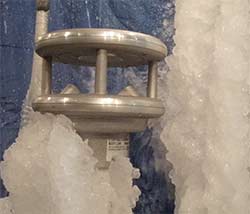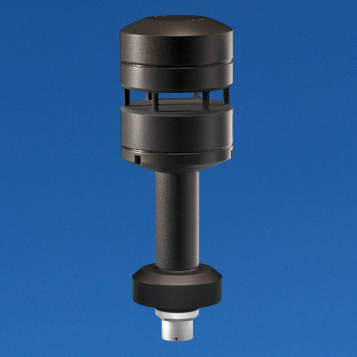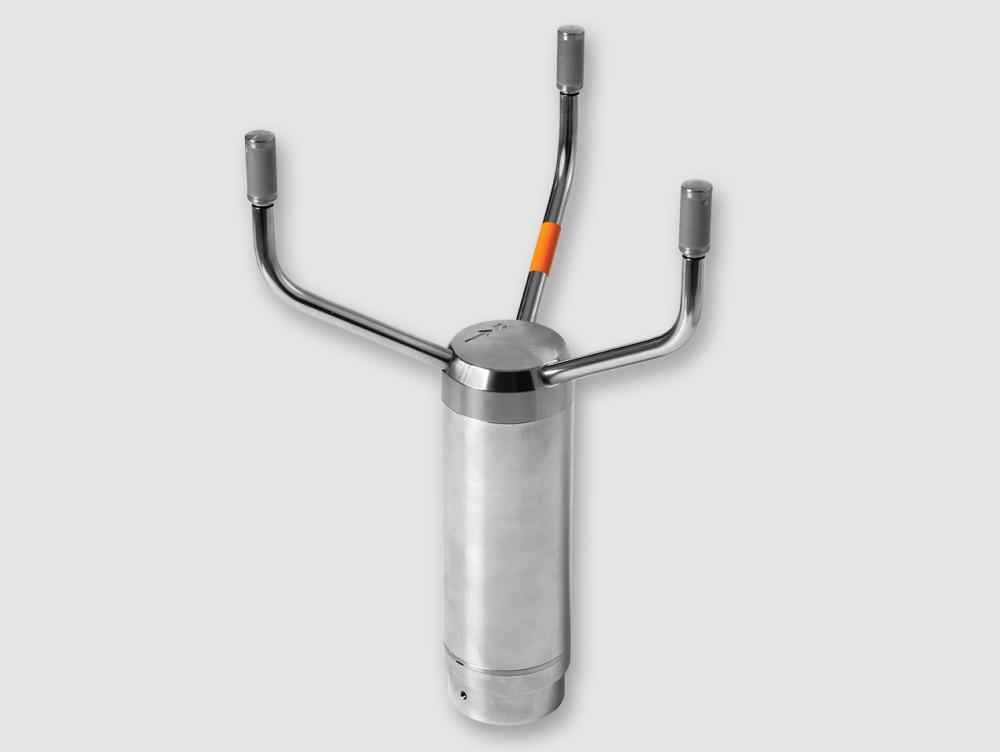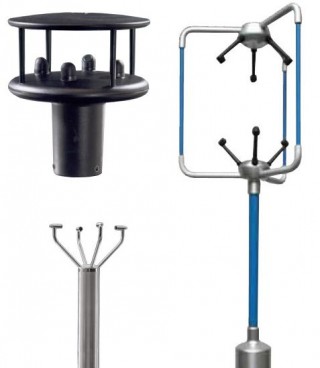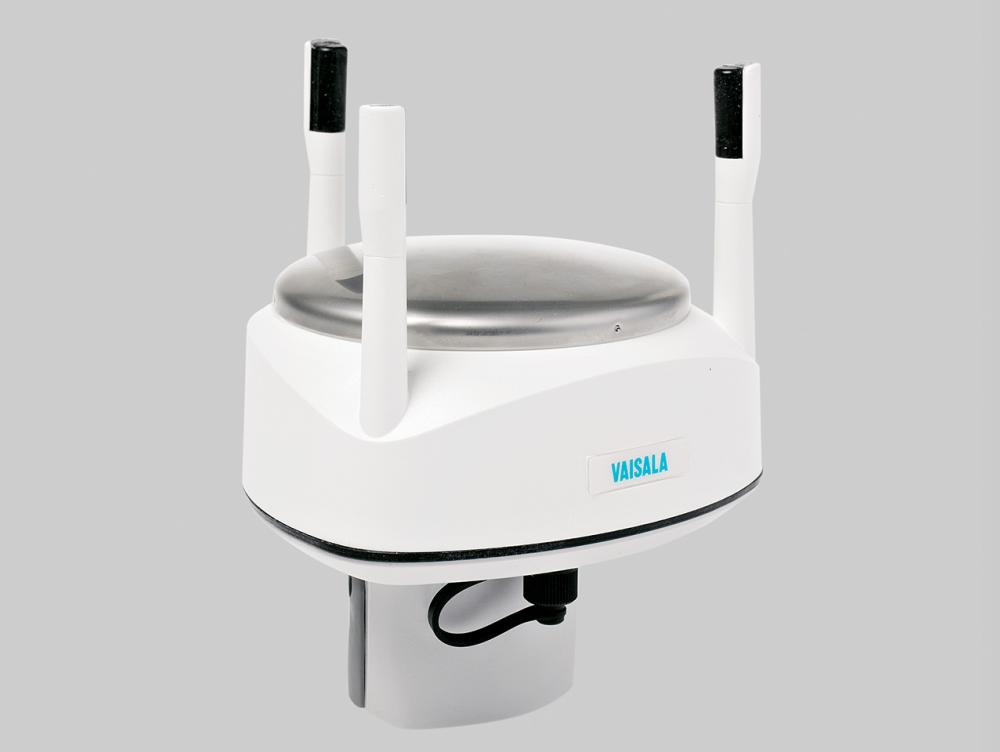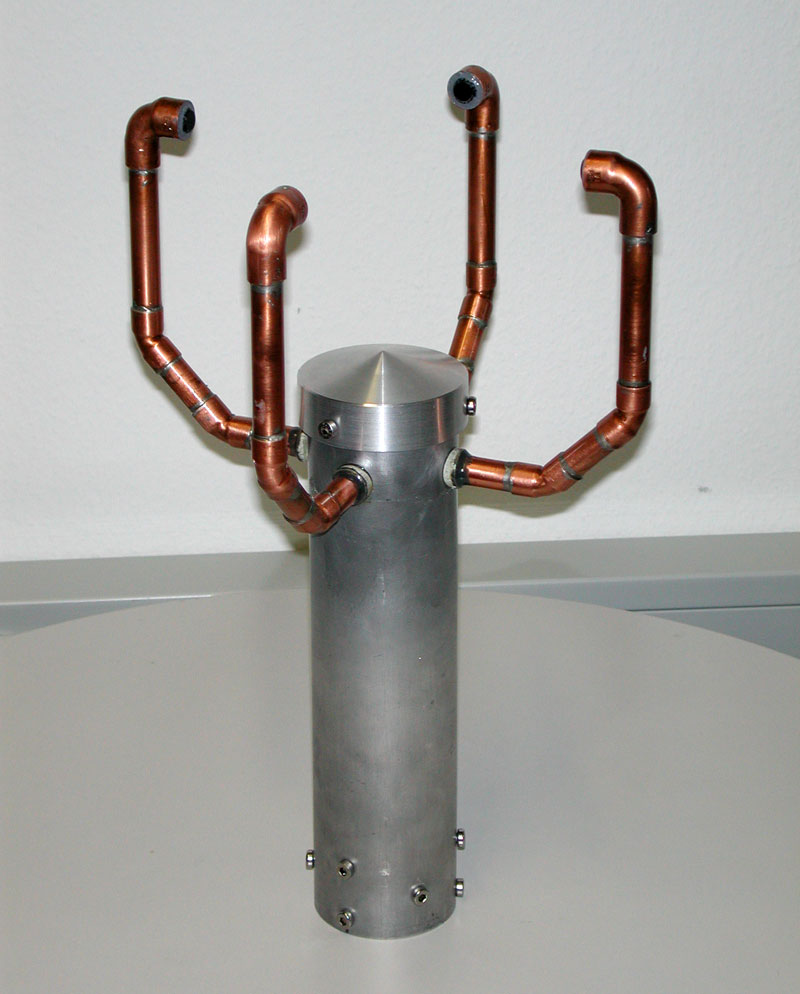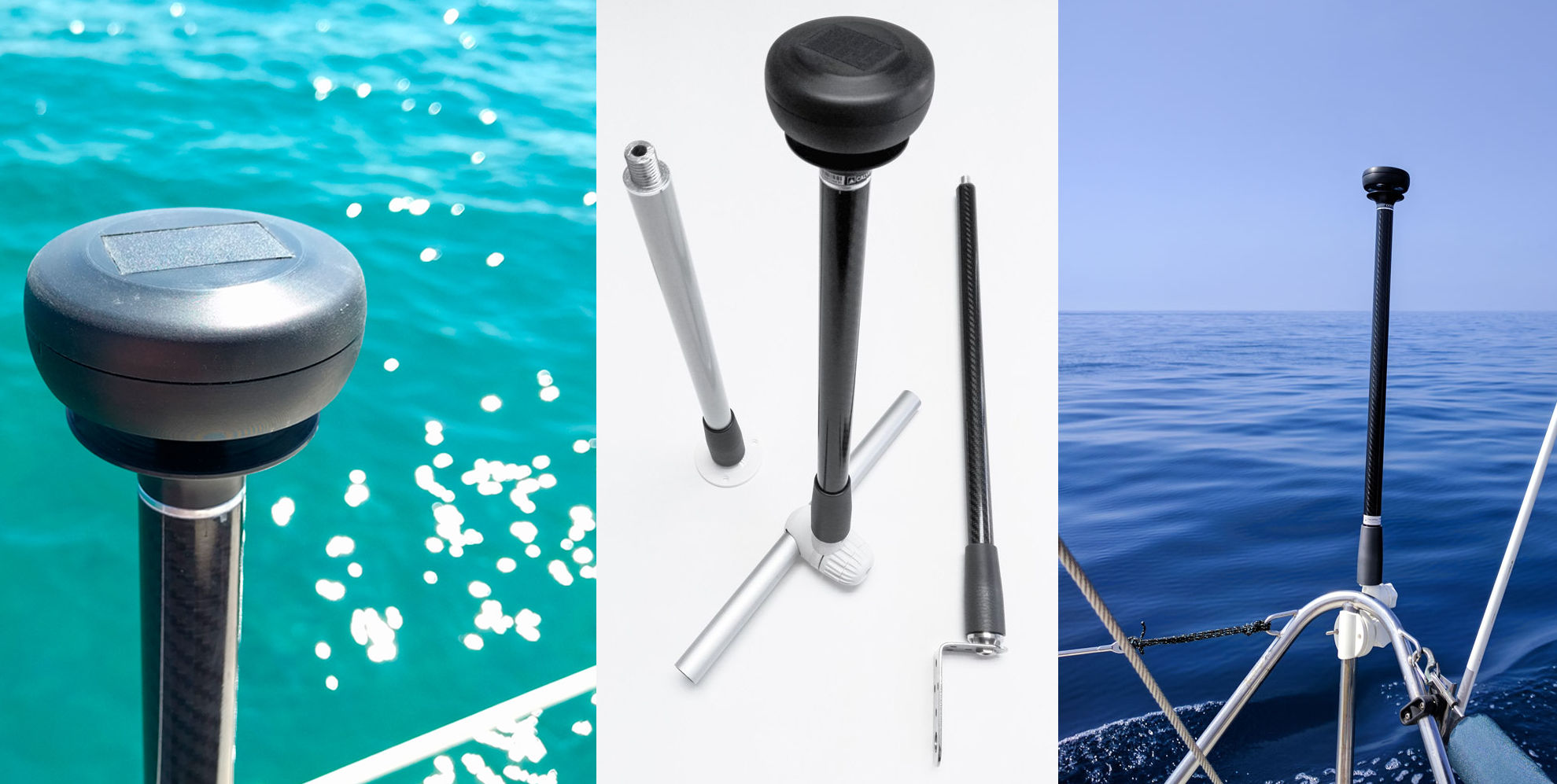Ultrasonic Wind Sensor How It Works

Sun can raise the temperature of.
Ultrasonic wind sensor how it works. Gill instruments ltd meteorological anemometer wind sensor. Our ultrasonic sensors like many others use a single transducer to send a pulse and to receive the echo. The physical distance between the opposite facing sensors is fixed and known. How do gill ultrasonic anemometers work.
The gill windsonic is a genuine low cost alternative to conventional cup and vane or propeller wind sensors with all of the advantages of solid state ultrasonic technology. Avoid wind and sun. The transducer of the sensor acts as a microphone to receive and send the ultrasonic sound. Wind can blow through the vapor space and attenuate the signal or blow it off course.
How ultrasonic sensors work. Ultrasonic sensors are used in medicine to detect shapes and sizes of otherwise unseen internal body parts. Ultrasonic anemometers first developed in the 1950s use ultrasonic sound waves to measure wind velocity. The sensor emits a high frequency pulse generally in the 20 khz to 200 khz range and then listens for the echo.
Accurate measurements of wind speed and direction from reliable equipment are more important than ever in today s competitive north american wind industry. This 2 axis ultrasonic wind sensor offers maintenance free wind speed and direction monitoring for true fit and forget wind sensing. Sonar and radar technologies are based on the same concepts. The sensor determines the distance to a target by measuring time.
A lufft ventus ultrasonic wind speed and direction sensor an example of devices that may replace cup anemometers work well even in freezing weather. Each sensor is capable to transmit and receive ultrasonic pulses. Working principle of ultrasonic wind sensor. A typical ultrasonic anemometer consists of 2 pairs of ultrasonic transducers mounted at right angles to one another as shown in the figure below.
A gill ultrasonic anemometer measures the time taken for an ultrasonic pulse of sound to travel from the north transducer to the south transducer and compares it with the time for a pulse to travel from s to n transducer. They measure wind speed based on the time of flight of sonic pulses between pairs of transducers measurements from pairs of transducers can be combined to yield a measurement of velocity in 1 2 or 3 dimensional flow. For instance doctors can determine gender of a fetus in the womb of its mother. Ultrasonic sensors are also used to determine wind speed and direction.



